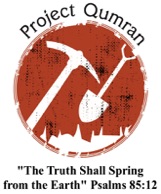A few kilometers from Qumran in the surrounding wilderness are four ancient tunnels that were hand-hewn in solid bedrock. Two of the tunnels begin in the walls of a wadi below an ancient fortress and descend to varying depths with the deepest being around 400 feet. Each is cut at a 45 degree angle, approximately two meters high and one meter wide. Another two tunnels can be found in wadis that are seven to ten kilometers south of the fortress.
Col I, Line 1: Under the stairs going eastward, 40 cubits, a box, silver weighing 17 talents
Col I, Line 3: In the great cistern... 900 talents
Col II, Line 6: In the cistern... under the stairs, 42 talents
Col II, Line 7: In the cave... 65 gold bars
Col III, Line 15: In the underground cavity... vessels of offering
Col IV, Line 17: In the great cistern...14 talents
Col IV, Line 18: In the canal which goes [toward] ... 55 talents of silver
Col V, Line 18: At the head of the water conduit at Succacah on the northern side... dig 3 cubits... 7 talents
Col V, Line 25: ...above the canal toward the great stone dig 3 cubits, 23 talents silver
Col V, Line 26: In the tomb that is in the wadi kippa on the way [south] from Jericho to Succacah... 32 talents
Col VI, Line 27: In the Cave of the pillar... at the hidden opening dig 3 cubits and there is a pitcher
Col VII, Line 31: In the water conduit... 400 talents
Col VII, Line 34: At the mouth where the water exits...60 talents
Col VIII, Line 35: [In the wat]er conduit on the road east... vessels of offering
Col X, Line 47: In the cistern next to the canals fed by the great wadi... 12 talents
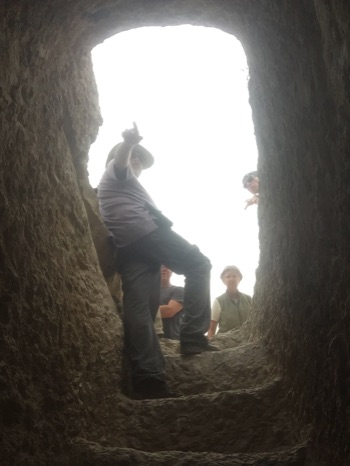
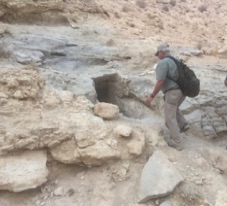
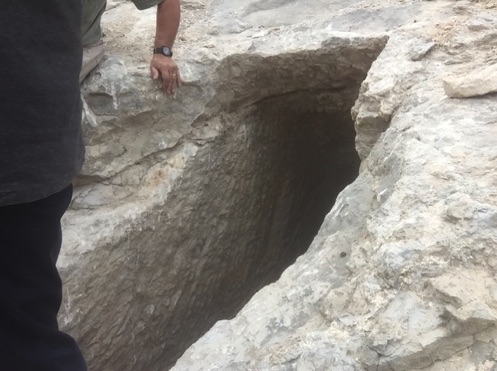
Other goals include the use of GPR in tunnels 3 and 4, in wadis south of Hyrcania, as well as the archaeological excavations of those tunnels.
There are common denominators between all of these tunnels. Each for example, is found in the walls of a wadi. A wadi is a dry riverbed that functions during the rainy season as a "water conduit" or "canal" that in this particular area serves to channel water from Jerusalem down to the valley of achor where it eventually joins with the water of the Dead Sea.
Other common denominators include: The height and width of the tunnels which in each case are the same; the slope or angle of descent is identical, the hand-hewn nature of each tunnel is uniform and consistent, as is the overall straight-forward direction. The characteristics of the stairs carved into the floor of the tunnels is also the same.
There are numerous underground cisterns in the area as well. These were specifically used to gather the water from available sources. Some of the cisterns have their own sets of stairs, support beams, columns and arches.
The Copper Scroll speaks of things hidden in caves, water conduits, canals, cisterns and tunnels with "maalot" (stairs) such as those described above. A few examples are listed below:
The text of the above citations has been shortened in order to provide focus on the common denominators. However, it is easy to see why this area, and the tunnels cut into the walls of the surrounding wadis are so interesting. Is there a connection between the tunnels in the wadis and the references in the scroll? We would like to explore this possibility.
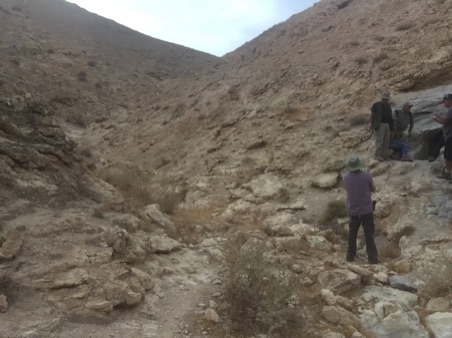
The two tunnels beneath the fortress have already been excavated. In the second tunnel, ground-penetrating radar (GPR) revealed a large space hidden on the other side of the bedrock. This year we are going to drill into the bedrock. We will then use of an endoscope to determine what is in the underground cavity on the other side.
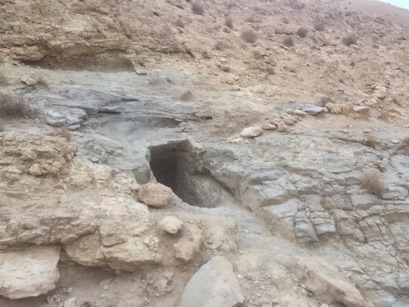
Tunnel #3 in a Wadi South of Hyrcania
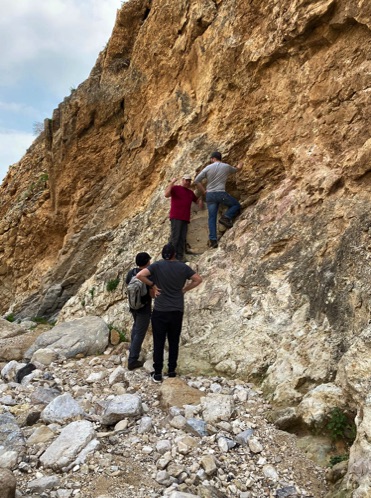
Tunnel #1 in the Walls of the Wadi Below the Fortress
Tunnel #1 in the Walls of the Wadi Below the Fortress
Tunnel #3
Dr. Oren Gutfeld Examining the Walls of Tunnel #1
The tunnels are so remarkably straight, its as though their trajectory was checked with a laser.
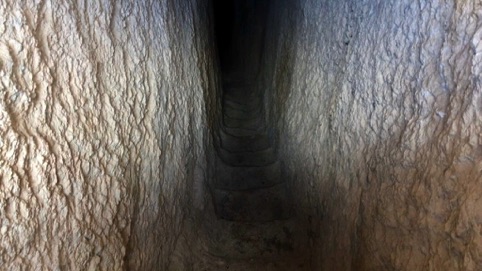
Touring Tunnel #1 with Representatives from the BBC
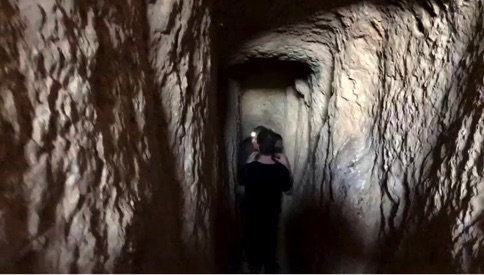
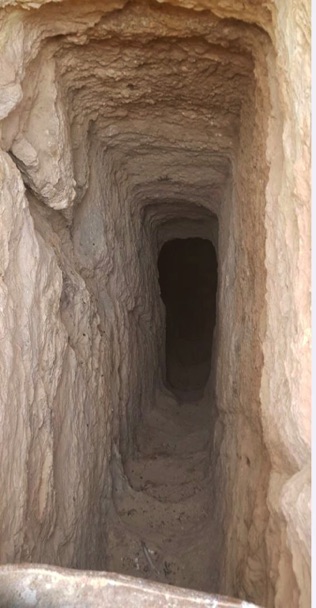
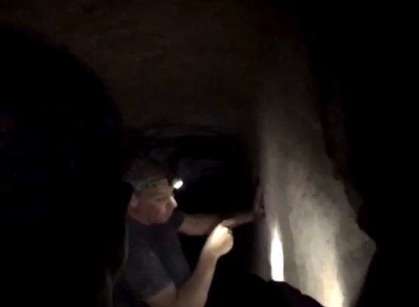
Here are the ongoing updates to the Tunnel Project:
The Mysterious Tunnels in the Wilderness
PROJECT QUMRAN
Mystery of the Man-Made Tunnels
Archaeological
Excavations in the Judean Desert
Wilderness & the.....
